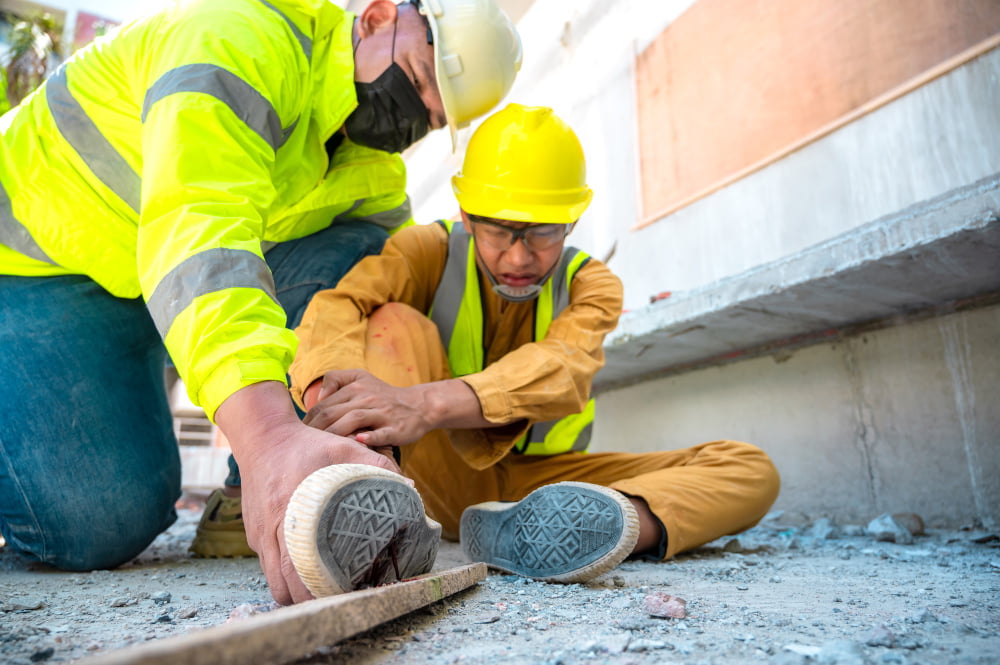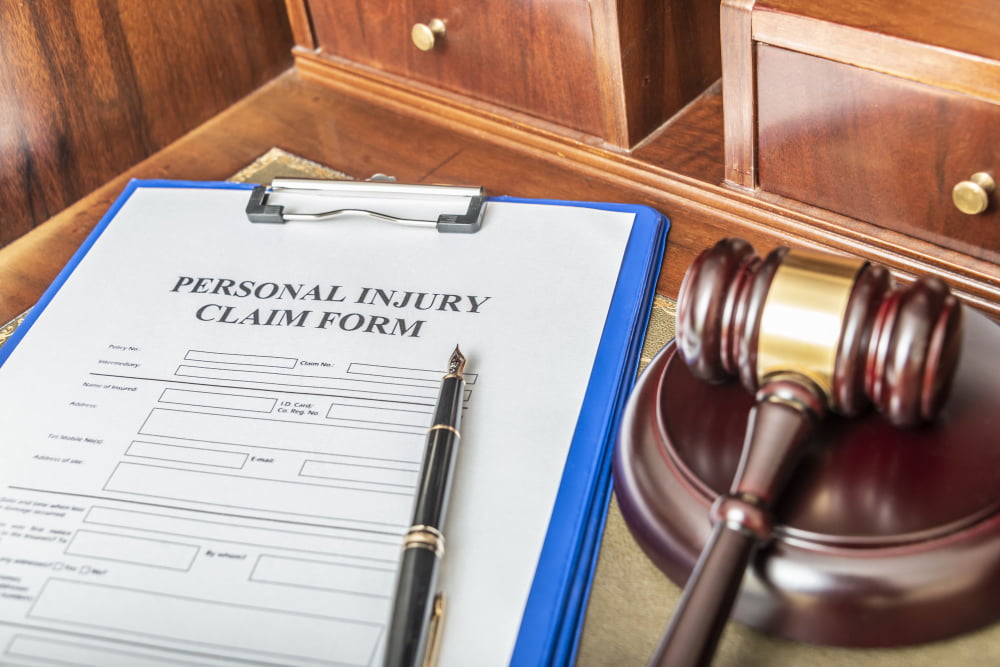Last updated on
Construction sites, characterized by dynamism and progress, often conceal the inherent risks that workers face daily. Accidents and injuries on construction sites can lead to physical harm, emotional distress, and financial setbacks.
Navigating the aftermath of a construction injury requires a comprehensive understanding of the legal landscape. This article delves into eight essential legal insights, providing a roadmap for individuals seeking recovery and justice after a construction-related incident.
Recognizing Liability in Construction Accidents

In the aftermath of a construction injury, one of the primary challenges is pinpointing the responsible party or parties involved. Construction sites are complex environments with various entities, including contractors, subcontractors, and property owners. Identifying liability is a crucial initial step, as it lays the foundation for subsequent legal proceedings.
Consulting with a personal injury attorney becomes imperative, as their expertise can unravel the intricacies surrounding the accident and help establish liability, paving the way for a stronger case. This expert guidance ensures that every potentially liable party is scrutinized, increasing the likelihood of a comprehensive legal strategy.
Understanding Workers’ Compensation Laws
Construction workers are typically covered by workers’ compensation insurance, offering financial assistance for medical expenses and lost wages due to on-the-job injuries. Understanding the nuances of workers’ compensation laws is crucial.
This insight includes knowledge about the claims process, potential disputes that may arise, and the rights workers hold under these laws. Seeking legal counsel ensures that injured parties navigate the often complex workers’ compensation system effectively, securing the full benefits they are entitled to.
Pursuing a Personal Injury Lawsuit

In some instances, a construction injury may warrant the pursuit of a personal injury lawsuit, especially when third-party negligence contributed to the incident. This section delves into the criteria for initiating a personal injury lawsuit and the potential challenges faced during litigation.
Understanding the intricacies of personal injury claims allows injured parties to seek compensation for pain and suffering, emotional distress, and other non-economic damages.
To further bolster the case for a personal injury lawsuit, exploring the concept of strict liability can be beneficial. Strict liability holds parties responsible for injuries resulting from inherently dangerous activities, irrespective of fault. This legal principle can be particularly relevant in the construction industry, where certain activities are inherently hazardous.
Navigating OSHA Regulations
The Occupational Safety and Health Administration (OSHA) plays a pivotal role in maintaining safety standards on construction sites. Comprehending OSHA guidelines is crucial for both workers and employers.
This part of the article explores how adherence to OSHA standards can influence the outcome of a construction injury case and provides insights into how violations may strengthen a legal claim. Knowledge of OSHA regulations is an essential tool for individuals seeking justice and promoting safer work environments.
Moreover, understanding the concept of willful violations under OSHA regulations is imperative. A willful violation occurs when an employer knowingly disregards safety regulations, leading to an increased likelihood of severe injury or death.
Proving willful violations can significantly impact the outcome of a legal case, potentially resulting in additional punitive damages. Thus, a thorough understanding of the various nuances of OSHA regulations enhances the injured party’s ability to build a compelling legal case.
Dealing with Insurance Companies
Interactions with insurance companies can significantly impact the compensation individuals receive following a construction injury. This section offers guidance on navigating conversations with insurance adjusters, understanding settlement offers, and addressing common tactics used by insurance companies to minimize payouts.
Being well-informed about insurance processes is key to securing a fair and just settlement, ensuring that injured parties are adequately compensated for their losses.
Moreover, exploring the role of umbrella insurance policies is essential. These policies provide additional coverage beyond standard liability limits. Understanding how umbrella policies may come into play can influence the negotiation strategy, potentially increasing the available compensation.
Time Limits and Statutes of Limitations
Time is a critical factor in legal matters, and construction injury cases are no exception. This segment emphasizes the importance of adhering to statutes of limitations and filing deadlines.
Failure to initiate legal proceedings within the specified timeframe may result in the loss of the right to pursue compensation. Clear timelines and deadlines are outlined to help readers navigate the legal system effectively, ensuring that they protect their rights and maximize their chances of a successful claim.
Furthermore, understanding the concept of tolling provisions is crucial. Tolling provisions temporarily suspend the running of the statute of limitations under specific circumstances, such as when the injured party is a minor or incapacitated. Awareness of tolling provisions is vital for ensuring that no viable legal options are overlooked due to timing constraints.
Documenting and Preserving Evidence
Effective documentation and preservation of evidence are integral components of a successful construction injury case. This section provides insights into the types of evidence that can strengthen a legal claim, such as photographs, witness statements, and medical records.
Readers are guided on the importance of documenting the incident promptly and preserving evidence to support their case, establishing a robust foundation for litigation.
Moreover, understanding the significance of expert testimony can be invaluable. Expert witnesses, such as engineers or safety professionals, can provide specialized insights into the circumstances surrounding a construction injury. Their testimony can lend credibility to the legal arguments presented, potentially swaying the outcome in favor of the injured party.
Seeking Legal Representation
The complexities inherent in construction injury cases often necessitate professional legal representation. This part of the article underscores the significance of hiring a skilled personal injury attorney with expertise in construction-related accidents.
It explores the role of legal counsel in gathering evidence, negotiating with insurance companies, and representing the injured party in court if necessary. The guidance and support of a knowledgeable attorney significantly enhance the injured party’s chances of securing fair compensation and justice.
Furthermore, exploring the potential for class-action lawsuits is essential, especially when multiple individuals are affected by the same hazardous conditions on a construction site. Class actions consolidate similar claims into a single legal action, streamlining the process and potentially increasing the impact on responsible parties.
In the aftermath of a construction injury, navigating the legal landscape can be challenging, but with the right knowledge, individuals can secure a path toward recovery and justice.
Recognizing liability, understanding workers’ compensation laws, pursuing personal injury lawsuits when necessary, navigating OSHA regulations, dealing with insurance companies, adhering to time limits, documenting evidence, and seeking legal representation are the key legal insights explored in this article.
Recap:



